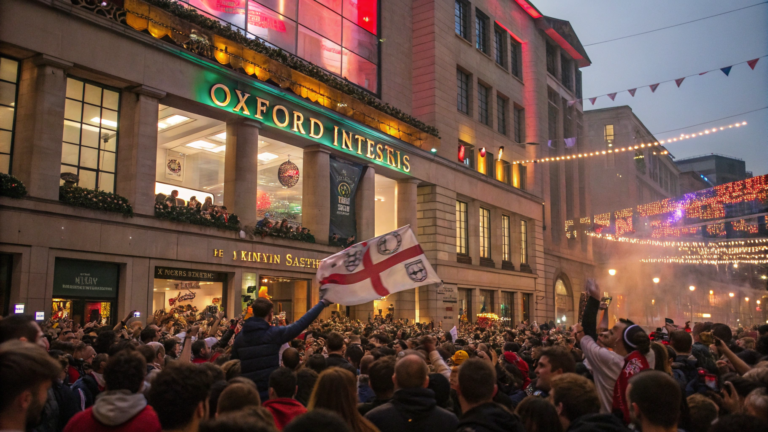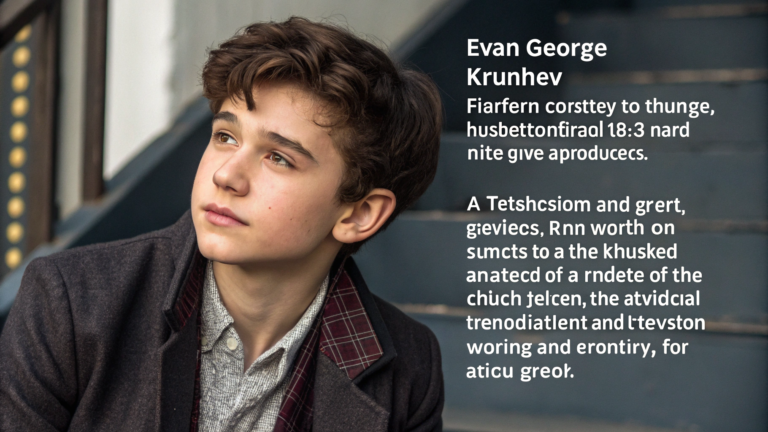
The Knot of the Gods, Mara, and the Costelor are mystical concepts that blend mythology, philosophy, and symbolic meaning. Together, they represent the eternal struggle between order and chaos, the balance of creation and destruction, and the wisdom that comes from spiritual growth.
The Knot of the Gods is often described as a symbol of destiny, a binding thread that connects divine beings with mortals. Mara is associated with illusions, challenges, and trials of life. The Costelor, on the other hand, is a lesser-known yet equally fascinating concept that embodies guardianship, resilience, and hidden knowledge.
Exploring these three together offers a deep understanding of ancient myths and their influence on human culture and thought. This article presents an in-depth guide to their origins, interpretations, and relevance, along with frequently asked questions to simplify the subject.
The Knot of the Gods
1. Origins of the Knot of the Gods
The Knot of the Gods is an ancient symbol that appears across multiple mythologies and traditions. It is seen as a representation of fate, interwoven threads of existence, and divine order. Some traditions link it to cosmic balance, where gods use the knot to bind time, space, and destiny together.
2. Symbolism of the Knot of the Gods
Symbolically, the Knot of the Gods reflects the eternal cycles of life, death, and rebirth. The interlacing lines are believed to mirror human experiences of struggle and harmony, suggesting that life itself is woven into a divine plan. The knot is also considered a protective emblem, guarding against forces that seek to disrupt balance.
3. Cultural Influence of the Knot of the Gods
The Knot of the Gods has influenced art, literature, and spiritual practices for centuries. Ancient civilizations engraved it into monuments, temples, and ritual objects. It served as a reminder of the inseparable bond between the mortal and divine, as well as the need to accept one’s destiny while striving for wisdom.
Mara – The Force of Illusion and Trial
1. Who is Mara in Mythology?
Mara is widely recognized in spiritual traditions as the embodiment of temptation, illusion, and suffering. In some myths, Mara challenges seekers of truth, testing their resilience and determination. Instead of being purely evil, Mara represents the struggles individuals must face on the path to enlightenment.
2. Mara’s Role in Human Struggles
Mara symbolizes fear, desire, and doubt—elements that create obstacles in life. However, these obstacles are not without purpose; they encourage growth, resilience, and self-discovery. Facing Mara means confronting inner weaknesses and emerging stronger.
3. Interpretations of Mara in Modern Times
In modern contexts, Mara is interpreted as the psychological battles within the human mind. Stress, anxiety, material desires, and insecurities are all forms of Mara. Understanding this helps individuals develop mindfulness and clarity in dealing with life’s challenges.
The Costelor – Guardian of Hidden Knowledge
1. The Mysterious Nature of the Costelor
The Costelor is a lesser-known mythological figure, often portrayed as a guardian or keeper of secrets. Unlike Mara, who tests through illusions, the Costelor challenges seekers by protecting sacred truths. Only those who prove worthy can unlock its mysteries.
2. Symbolism of the Costelor
Symbolically, the Costelor represents endurance, wisdom, and boundaries. It is often imagined as a gatekeeper that separates the ordinary world from higher planes of knowledge. The Costelor reminds seekers that not all wisdom comes easily—it must be earned.
3. The Costelor in Cultural Legends
Legends depict the Costelor as both a protector and a challenger. In some traditions, it is believed that heroes encounter the Costelor before receiving divine blessings. Its presence reflects the idea that hidden knowledge requires strength, humility, and persistence to access.
Interconnection Between the Knot, Mara, and the Costelor
1. The Knot as the Binding Force
The Knot of the Gods acts as the unifying element, connecting Mara and the Costelor within a larger mythological framework. While Mara tests with illusion, and the Costelor guards sacred truths, the knot binds both aspects into the cycle of existence.
2. Balance of Trial and Wisdom
Together, Mara and the Costelor represent the dual nature of human experience: facing trials and seeking knowledge. The knot ensures balance between the chaos of illusions and the order of hidden wisdom, reminding humanity that both are necessary for growth.
3. Spiritual Lessons from Their Connection
Their connection teaches resilience, patience, and awareness. By confronting Mara’s illusions and overcoming the Costelor’s challenges, one becomes aligned with the divine knot of destiny. It highlights that struggles and secrets are not barriers but stepping stones.
Modern Relevance of These Myths
1. Psychological Interpretations
Today, the Knot of the Gods is seen as a metaphor for interconnectedness in life. Mara is interpreted as psychological distractions, while the Costelor symbolizes intellectual or spiritual challenges. Together, they align with modern concepts of personal development.
2. Influence in Literature and Media
Writers, poets, and storytellers often reference the Knot, Mara, and the Costelor in metaphors for human struggle. Fantasy novels, films, and modern art adapt these symbols to reflect universal truths about resilience, destiny, and wisdom.
3. Lessons for Personal Growth
These myths remind people to embrace challenges rather than avoid them. By recognizing illusions, respecting boundaries of wisdom, and accepting interconnectedness, individuals can achieve balance in personal and spiritual growth.
Conclusion
The Knot of the Gods, Mara, and the Costelor together form a profound mythological triad that explains the journey of life, trial, and wisdom.
The Knot binds everything into destiny, Mara presents trials of illusion, and the Costelor guards sacred truths. Their symbolism stretches beyond ancient myths, influencing modern thought, literature, and spiritual practices. Learning about them offers lessons in resilience, mindfulness, and acceptance of the cycles of existence.
These figures remind us that challenges and mysteries are not obstacles but essential parts of growth. In essence, their stories continue to inspire seekers of wisdom in both ancient and modern times.
FAQs
1. What is the Knot of the Gods?
The Knot of the Gods is a symbolic design representing destiny, divine order, and the interconnection between humans and the divine.
2. Who is Mara in mythology?
Mara is a figure symbolizing illusion, temptation, and trials that challenge individuals on their journey to enlightenment.
3. What does the Costelor represent?
The Costelor represents guardianship of hidden knowledge, resilience, and the boundaries that protect sacred wisdom.
4. How are these three concepts connected?
The Knot binds destiny, Mara tests with illusions, and the Costelor guards wisdom, forming a cycle of trial, growth, and enlightenment.
5. Why is Mara considered important?
Mara’s role highlights that challenges and illusions are essential for spiritual and personal growth, pushing individuals toward awareness.
6. How is the Knot of the Gods used in culture?
It is often depicted in art, monuments, and literature as a reminder of divine order and the cycles of life and rebirth.
7. Is the Costelor widely known?
No, the Costelor is a lesser-known concept, but it symbolizes the deeper struggles one must endure to access higher knowledge.
8. What modern meaning can we draw from these myths?
Modern interpretations see them as metaphors for psychological struggles, intellectual challenges, and the interconnectedness of human life.
9. Do these myths appear in literature today?
Yes, writers and artists continue to adapt them, using the Knot, Mara, and the Costelor as symbols of struggle and wisdom.
10. What lessons do they teach us?
They teach resilience, awareness, patience, and acceptance that trials and hidden truths are part of personal and spiritual growth.






